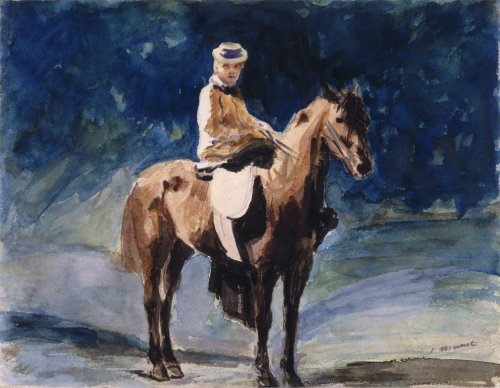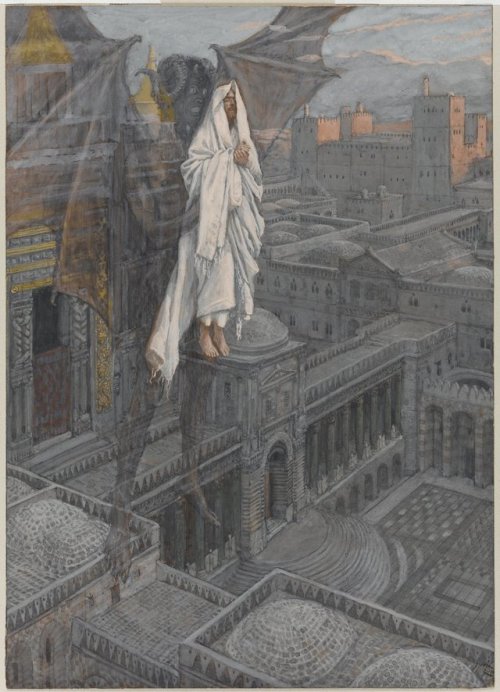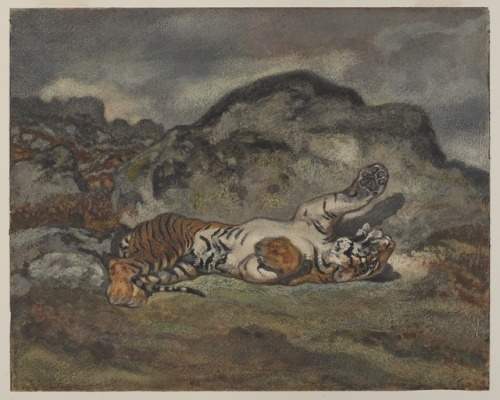Watercolor is defined as a pigment—mixed with a binder like gum arabic—that dissolves in water. Earl
Watercolor is defined as a pigment—mixed with a binder like gum arabic—that dissolves in water. Early watercolor painters ground and mixed pigments themselves, but the invention of pre-mixed hard cakes in 1780, and subsequent technological advancements, led to a boom in popularity of this portable medium. Portable oil paints, in tubes, were invented in 1841, but watercolors’ faster drying time made it easier to produce a large quantity of work outside of the studio. Manet quickly captured a woman out on a horse in stylish riding clothes, Tissot traveled spent 8 years traveling through the Holy Land to inspire and inform 350 images of the life of Christ, Barye spent time at a Paris zoo to capture the poses of the animals like this tiger, and Bonheur spent time at a slaughterhouse to study the anatomy of the animals there.Posted by Elizabeth TreptowÉdouard Manet (French, 1832-1883). The Equestrienne (L'Amazone), ca. 1875-1876. Watercolor and graphite on tan wove paper. Brooklyn Museum, Gift of Frank L. Babbott, 23.45 ⇨ James Tissot (French, 1836-1902). Jesus Carried up to a Pinnacle of the Temple (Jésus porté sur le pinacle du Temple), 1886-1894. Opaque watercolor over graphite on gray wove paper. Brooklyn Museum, Purchased by public subscription, 00.159.52 ⇨ Antoine-Louis Barye (French, 1795-1875). Rolling Tiger (Tigre se roulant), ca. 1840. Watercolor and opaque watercolor on wove paper. Brooklyn Museum, Purchased by Special Subscription, 10.96 ⇨ Rosa Bonheur (French, 1822-1899). Head of a Bull, n.d. Watercolor and graphite on cream wove paper. Brooklyn Museum, Gift of John Hill Morgan, 22.80 -- source link
#watercolor#bkmworksonpaper#paper#pigment#gum arabic#dissolves#water#materials#art#art history#european art#bkmeuropeanart#antoine-louis barye#rosa bonheur#Édouard manet#james tissot#horse#bull#tiger#artists



